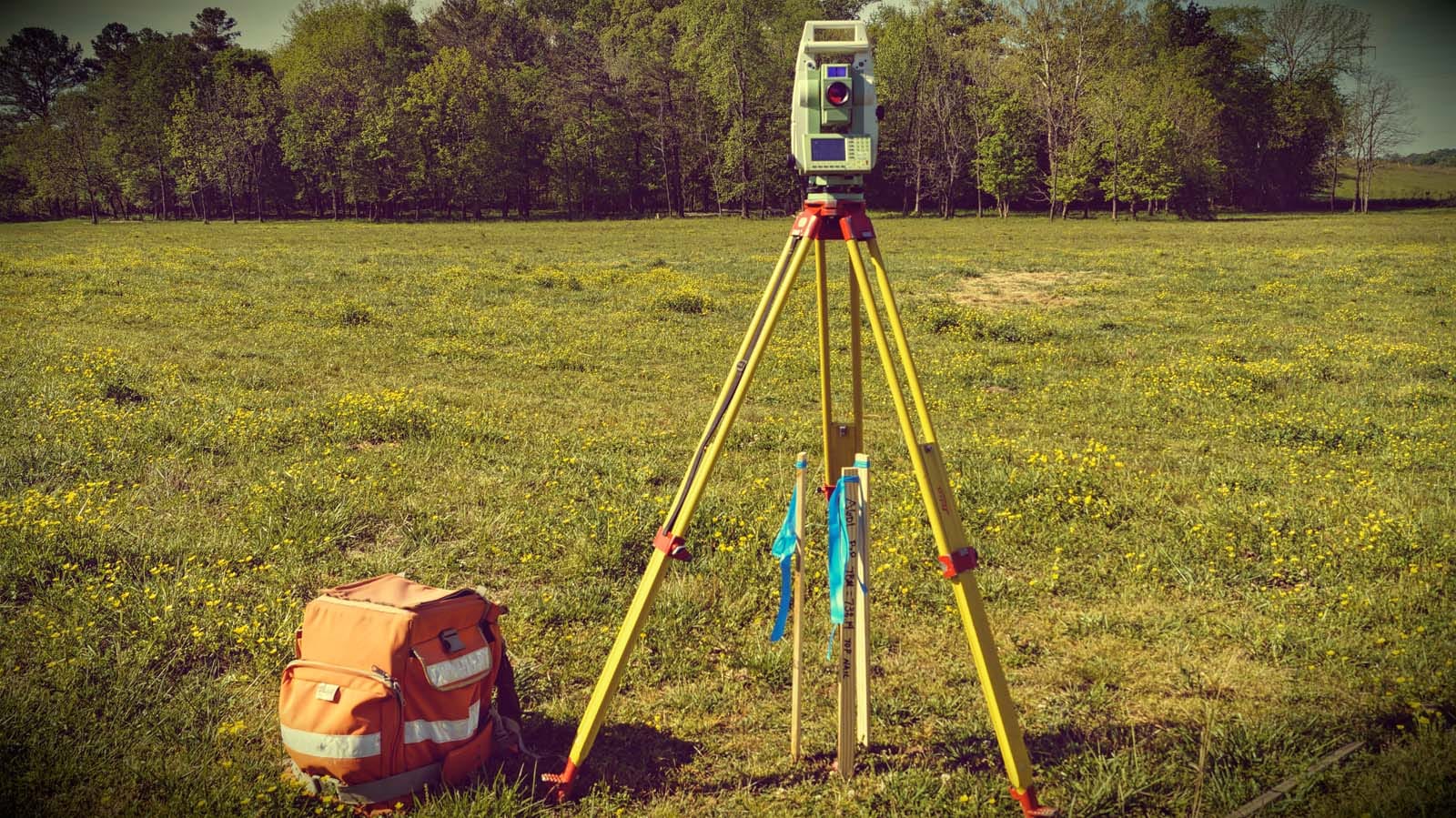A Surveyor's Tool Kit: Vital Solutions for Precise Readings
In the world of real estate and construction, accurate measurements are the foundation of effective projects. Regardless of whether you are a homeowner looking to understand your boundaries or a contractor planning a large-scale project, the knowledge provided by professional surveying services is priceless. With an array of tools and techniques, surveyors play a crucial role in ensuring that every inch of land is accurately recorded and interpreted, thus preventing disputes and enhancing project efficiency.
From boundary surveys that help resolve property disputes to landform surveys that inform land development, the offerings provided by surveyors encompass a broad spectrum of critical tasks. This article will discuss the top reasons to hire a professional surveyor, what to anticipate during a land survey, and the different types of surveys accessible. In doing so, we will uncover the importance of surveying solutions in not only real estate transactions but also in building, public works development, and ecological planning. Understanding these services can help you make educated decisions and steer clear of common pitfalls in your property endeavors.
Value of Employing Expert Surveyors
Engaging a certified surveyor is vital for guaranteeing accurate measurements and surveys in any land-related project. Professional surveyors have advanced training and expertise in a range of surveying techniques and methodologies, equipping them to provide reliable services. Find more info helps detect and resolve potential issues before they become serious, thus conserving time and resources during construction processes. With the right tools and knowledge, they can deliver accurate results that non-professionals may struggle to achieve.
Furthermore, professional surveyors play an crucial role in legal issues surrounding property rights and property disputes. An precise survey is often required for property sales, defining boundaries, and easement agreements. By engaging a certified surveyor, property owners and developers can ensure that their rights are defended and that all legal standards are fulfilled, reducing the chance of future problems. Their thorough surveys serve as essential documents that can bolster claims in legal contexts.

In conclusion, making use of expert surveying services can considerably boost the overall standard of a project. From construction to land division, surveyors guarantee that all measurements are consistent with zoning laws and ordinances. They avoid costly errors by providing detailed topographic and boundary surveys that guide architects and engineers. By counting on their expertise, clients can assuredly move forward with their projects, knowing they are built on a strong foundation of correct data and compliance with lawful standards.
Types of Real Estate Surveys and Their Applications
Real estate assessments are crucial tools that provide a comprehensive understanding of various properties, serving different purposes based on the particular needs of clients. Boundary surveys are one of the most prevalent types, determining the exact location of property lines, which is vital for avoiding conflicts and ensuring compliance with local zoning laws. They entail measuring and mapping the corners of a parcel of land, which can be particularly useful for property owners or potential buyers looking to accurately understand their property boundaries.
Topographic surveys, on the other hand, focus on the physical and man-made features of a land area, including elevation changes, vegetation, and existing buildings. These surveys are extremely useful for construction projects, landscaping, and land development, as they help designers plan appropriately by providing a 3D representation of the terrain. Grasping the topography is essential during the early design phase to ensure effective use of the space and to anticipate potential challenges related to drainage or landscape integration.
An additional important type is the ALTA/NSPS land survey, which is often used in commercial real estate transactions. This survey adheres to specific standards set by the American Land Title Association and the National Society of Professional Surveyors, providing a comprehensive view of both boundary lines and the surrounding environment. It includes thorough information about easements, encroachments, and other key factors that can influence a property’s worth and usability, making it necessary for investors and developers to reduce risks in property acquisition and development.
Tech in Contemporary Land Surveying
The landscape of land surveying has been considerably changed by innovations in tech, making the process more accurate and efficient than ever. The arrival of GPS technology has permitted land surveyors to identify precise positions with incredible accuracy, reducing the duration spent on legacy measuring methods. Unmanned Aerial Vehicles (UAVs) have also emerged as crucial instruments, permitting surveyors to capture skyward imagery and conduct landform surveys from unique viewpoints that were once hard to obtain. These innovations ensure that information collection is rapid and trustworthy, facilitating better decisions in various applications.
Another key advancement in current surveying is the integration of Geographic Information System (GIS). GIS merges spatial information with mapping tools, permitting land surveyors to see and study complex data collections. This technology supports not only land surveys but also ecological assessments, city planning, and constructive advancement. By using GIS, surveyors can efficiently share results to clients and interested parties, enhancing collaboration and understanding throughout the assignment lifecycle.
As technology continues to evolve, Artificial Intelligence is beginning to play a role in land surveying practices. AI can streamline information evaluations, identify patterns in large datasets, and improve the accuracy of conventional land surveying techniques. This shift towards machine-driven processes lessens human error and accelerates assignment timelines, making surveying services more reliable and cost-effective. The continued adoption of tech is preparing the ground for a new period in land surveying, where precision, efficiency, and innovation go in tandem.